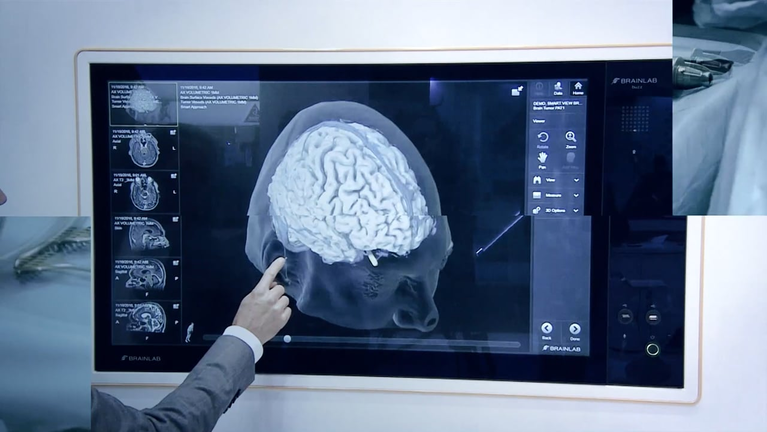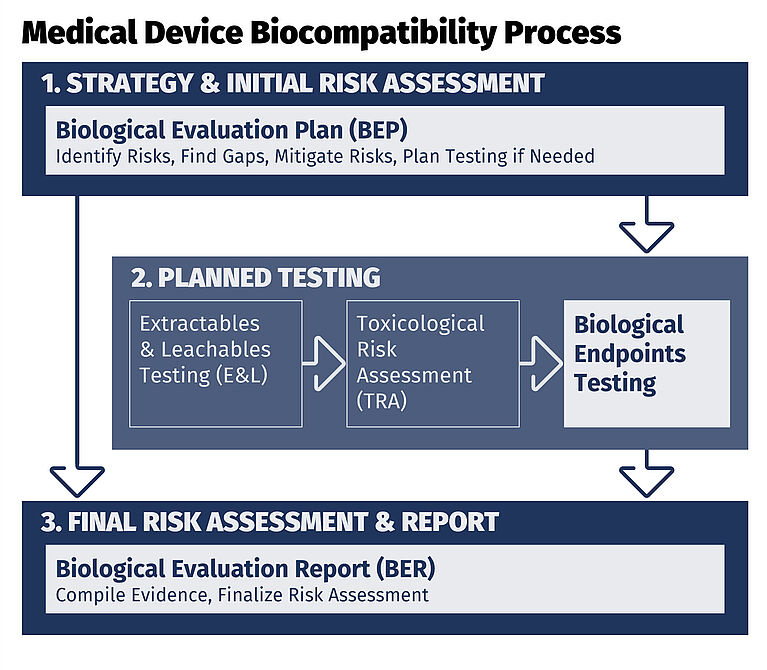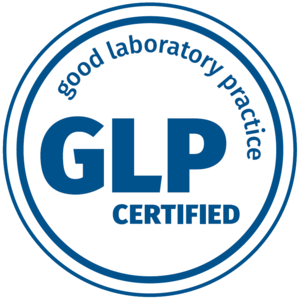Medical devices must be designed and manufactured to minimize risks to patients, healthcare professionals and end users. Manufacturers are responsible for demonstrating safety and biocompatibility of patient-contacting devices, a requirement that applies broadly, regardless of submission requirements.
A Foundation for Regulatory Compliance
Biocompatibility evaluations, conducted in line with ISO 10993-1, provide the objective data needed to identify hazards, estimate risks and determine the need for biological safety or chemical characterization testing. This evidence is essential for regulatory submissions, including FDA premarket submissions (510(k) and PMA filings), EU MDR technical documentation and other international approvals.
Hohenstein provides ISO 17025-accredited, GLP-compliant testing and scientific expertise to design targeted biocompatibility strategies — giving you one trusted partner for FDA, EU and global market approval.



